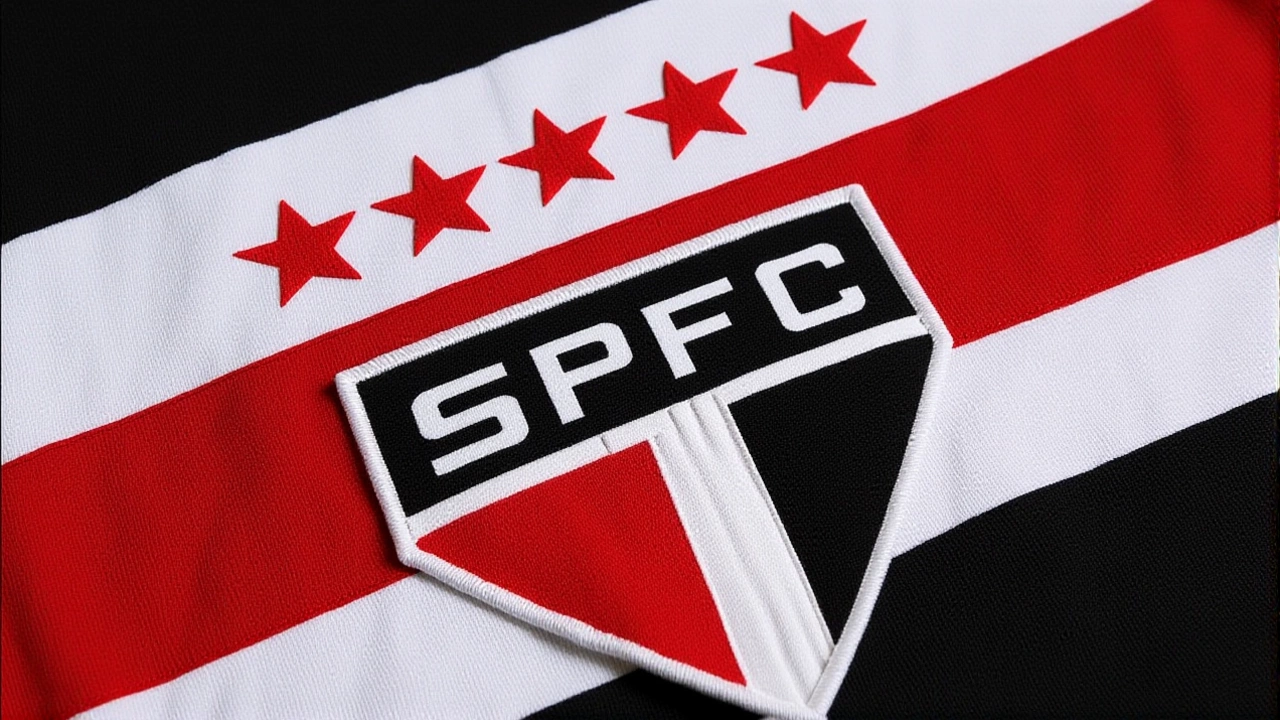São Paulo FC posted a record R$ 287.6 M loss for 2024 despite record revenue, prompting a R$ 240 M credit‑rights fund plan and raising concerns for Brazilian football’s finances.
Brazilian Football Finances: Who Pays What and Why
If you’ve ever wondered why some clubs can buy star players while others struggle to pay salaries, the answer lies in where the money comes from and how it’s spent. Brazilian football isn’t just about the talent on the pitch; it’s also about cash flow, TV contracts, sponsorship deals, and smart budgeting.
Main Income Streams for Brazilian Clubs
First off, TV rights are a huge chunk of the pie. The national broadcaster pays a fixed amount to the league, which is then split among the clubs based on their performance and fan base. Bigger clubs like Flamengo and Palmeiras get a larger share because they attract more viewers.
Sponsorships are the next big driver. Companies love to see their logos on jerseys and stadium boards, so they pay hands‑on cash for that exposure. A solid sponsor can cover a big part of a club’s operating costs, especially when the team is doing well in the league or continental competitions.
Matchday revenue—ticket sales, concessions, and merchandise—still matters, especially for clubs with large stadiums and passionate fans. Even a modest increase in attendance can boost a club’s bottom line by thousands of reais each game.
Lastly, player transfers bring in cash. Brazilian clubs often develop young talent and sell them to European teams for a profit. When a youngster breaks out, the selling club can negotiate a hefty fee, plus future sell‑on percentages that keep money flowing long after the player leaves.
Big Expenses and How Clubs Balance the Books
On the spending side, player salaries are the biggest line item. Top‑level clubs pay millions in wages to keep their stars happy and motivated. Below the elite level, clubs must be careful: overspending on contracts can lead to debt and even point deductions.
Transfer fees are another major outlay. When clubs buy players, they often pay millions up front, plus agent fees and taxes. Smart clubs try to balance this by scouting undervalued talent and negotiating payment plans that spread costs over several years.
Operational costs—stadium maintenance, staff wages, travel, and training facilities—add up quickly. Smaller clubs keep these costs low by sharing stadiums or using municipal facilities. Larger clubs invest heavily in modern arenas and academies to attract fans and develop future stars.
Tax obligations can be a surprise for some. Brazil has strict payroll taxes, and clubs need to stay on top of them to avoid penalties. Good financial management means budgeting for these taxes from day one, rather than scrambling when the deadline hits.
So how do clubs stay afloat? The answer is diversification. Relying on one revenue source is risky, especially when TV deals are renegotiated or a sponsor pulls out. Clubs that blend matchday income, solid sponsorships, savvy player sales, and careful expense control tend to stay stable even in tough seasons.
For fans, understanding these financial basics makes the game more interesting. You’ll spot why certain clubs can splurge on big names while others focus on nurturing homegrown talent. And you’ll appreciate the behind‑the‑scenes work that keeps the stadium lights on.
Bottom line: Brazilian football finances are a mix of big TV contracts, sponsorship money, matchday sales, and player transfers, all balanced against salaries, transfer fees, and operational costs. Clubs that master this balance stay competitive on the field and healthy in the ledger.


